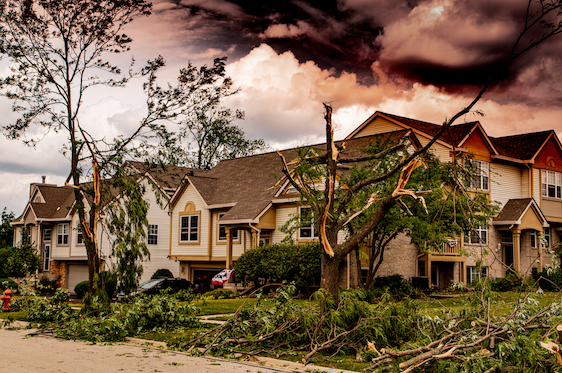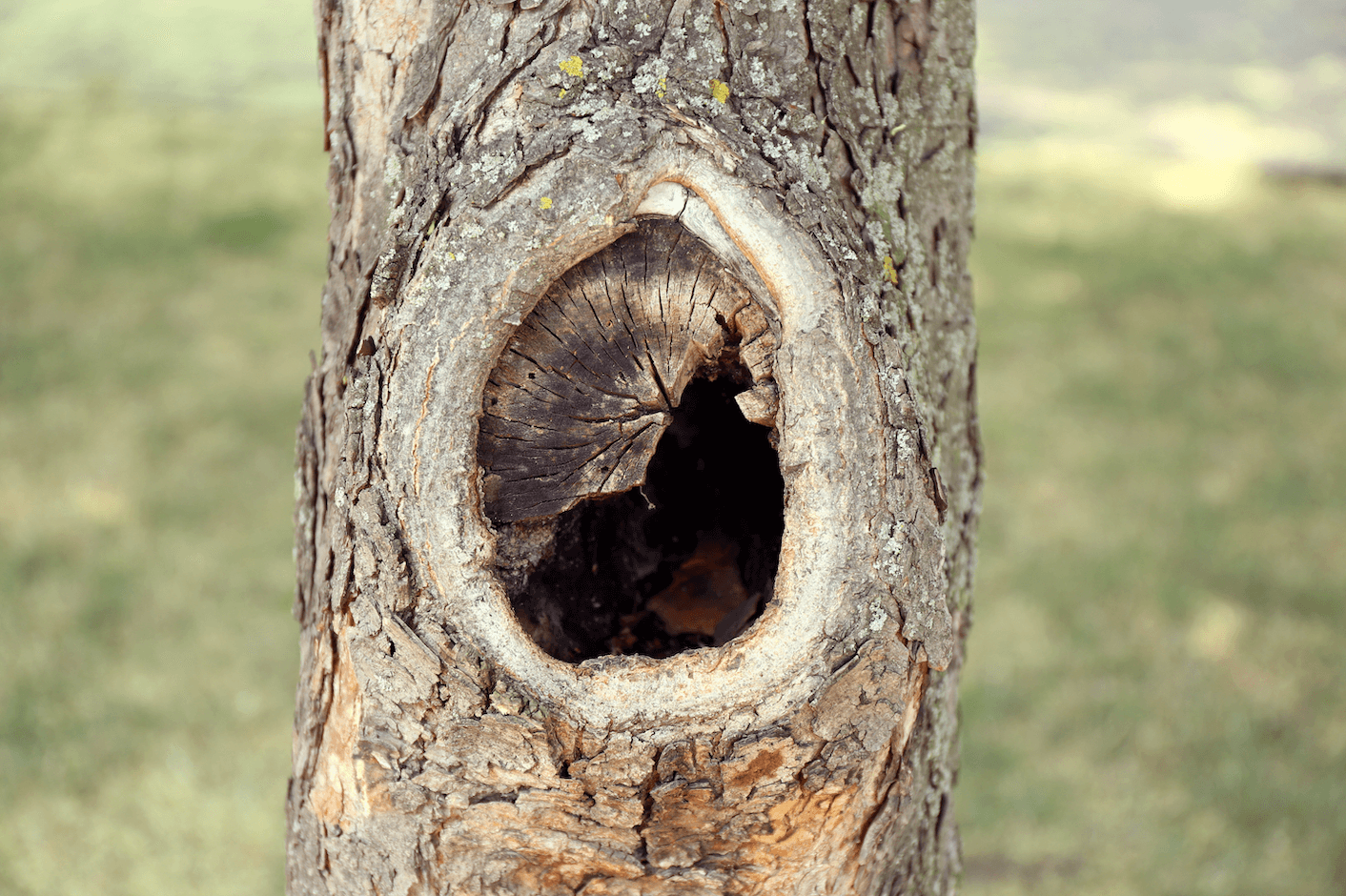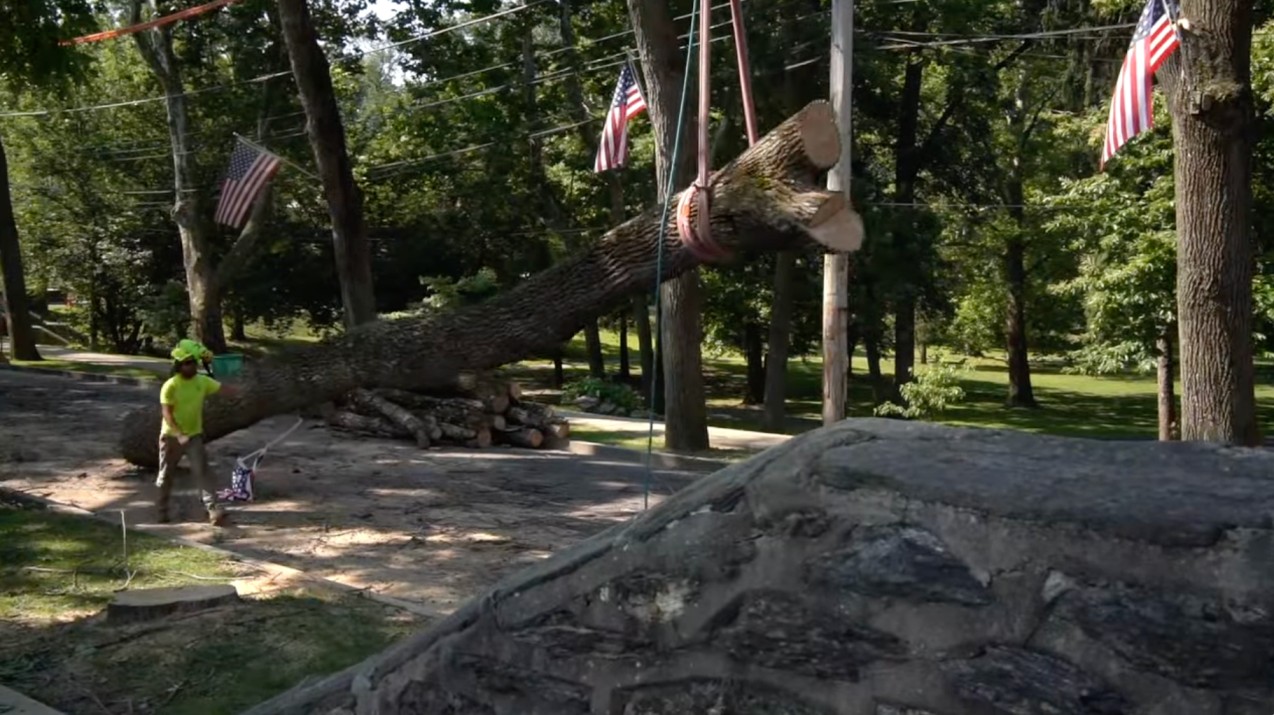As the summer heat intensifies, trees face numerous challenges that extend beyond heat stress. While heat stress is a well-known concern, tree damage can occur due to various factors during this season. In this blog post, we will explore the additional problems that can compromise tree health and discuss effective strategies to mitigate and prevent such damage.
Heat Stress and Its Impact on Tree Health
Undoubtedly, heat stress poses a significant threat to trees during the summer. Rising temperatures can cause leaf scorch, wilting, and long-term damage if trees are unable to cope with excessive heat. Implementing appropriate care techniques, such as regular watering and providing shade, can help trees combat the effects of heat stress and minimize potential damage.
Insufficient Water Supply
A Recipe for Tree Damage: One common cause of tree damage during the summer is an inadequate water supply. Trees require a consistent and ample water source for their survival and growth. In dry conditions, soil moisture levels rapidly deplete, leading to wilting, leaf drop, and stunted growth. Regular and deep watering, especially during prolonged dry spells, is crucial to prevent tree damage caused by insufficient water supply.
Drought Conditions
Straining Tree Resilience: Drought conditions often accompany the summer months, further challenging tree resilience. Prolonged periods without rain can make it difficult for tree roots to access the necessary moisture in the soil, resulting in severe stress. To protect trees from drought-related damage, it is essential to implement water-conservation techniques such as drip irrigation and rainwater harvesting, providing trees with adequate hydration during dry spells.
Soil Compaction
The Hidden Culprit of Tree Damage: Soil compaction poses a hidden threat to tree health during the summer. Activities like heavy foot traffic or construction can compact the soil around trees, hindering the movement of air, water, and nutrients. Compacted soil restricts root development and compromises the tree’s ability to absorb essential resources, ultimately leading to tree damage. Preventing soil compaction by using protective barriers and avoiding disturbances near the root zones is crucial for maintaining healthy trees.
Pests and Diseases
Stealthy Causes of Tree Damage: Summer warmth creates favorable conditions for pests and diseases to thrive, leading to potential tree damage. Insects such as aphids and caterpillars target weakened or stressed trees, causing further harm. Fungal infections, such as leaf spot and powdery mildew, can also become prevalent during humid summer months. Regular inspections, early detection, and appropriate treatment are essential to prevent pests and diseases from causing significant tree damage.
While heat stress is a well-known concern, it is crucial to recognize the additional factors that can contribute to tree damage during the summer. Insufficient water supply, drought conditions, soil compaction, and the increased risk of pests and diseases all pose significant threats to tree health. By implementing proper care techniques, including watering, mulching, and proactive pest management, we can protect trees from damage and ensure their continued health and vitality. Let us appreciate the beauty and benefits that trees bring to our environment and provide them with the necessary support they need to thrive even amidst the challenges of summer.
If you live in the Philadelphia, Montgomery county, Delaware County areas and have questions about what you should do for you trees please contact us today.










